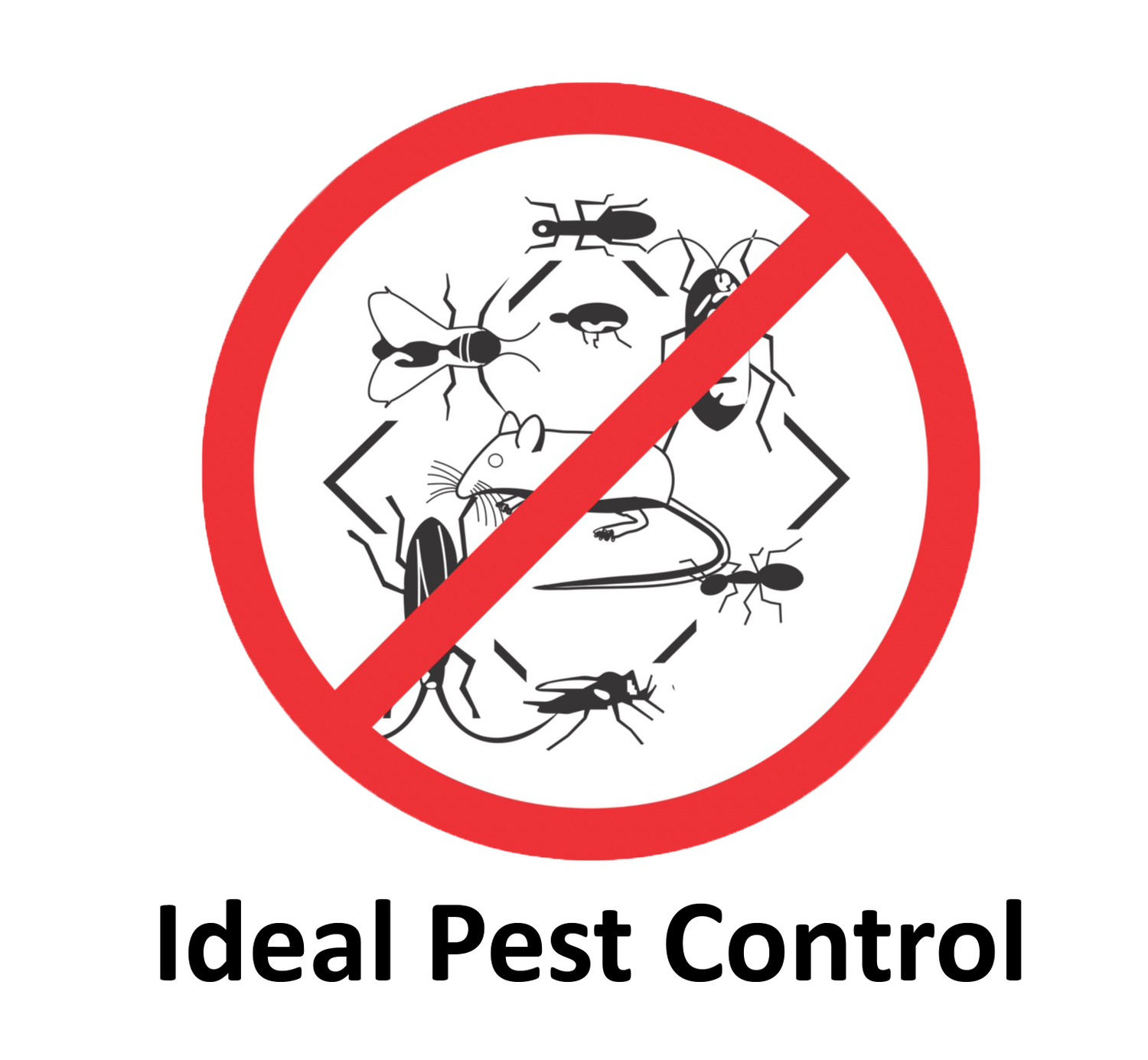Raccoons
Size: 600-950mm.
Color: gray - brown, with variations ranging from silver to sienna.
Unique Characteristics: Raccoons are very common in British Columbia. They usually have multiple den locations within the same area and can cause significant damage to gardens, buildings, crops, and livestock in their search for food and denning sites. Not only are they bothersome to business/homeowners, but they also carry a number of diseases and parasites that can be harmful to humans. In BC, Raccoon baby season is around March-September.
Effective Lower Mainland Raccoon Control
Ideal Pest Control is an industry leader in Raccoon Control services. For Raccoon problems, we will use a “one-way door” along with blocking of any openings.
If it is Raccoon baby season (March-September), we must remove all of the babies before blocking any entry points. Typical point of entries for Raccoons include roof vents, chimneys, plumbing vent pipes, stove and bathroom exhaust vents, roof and fascia spaces and roof - soffit intersections.








